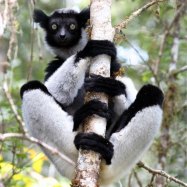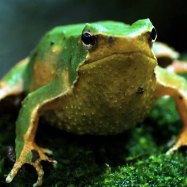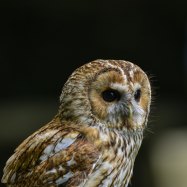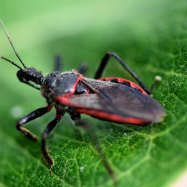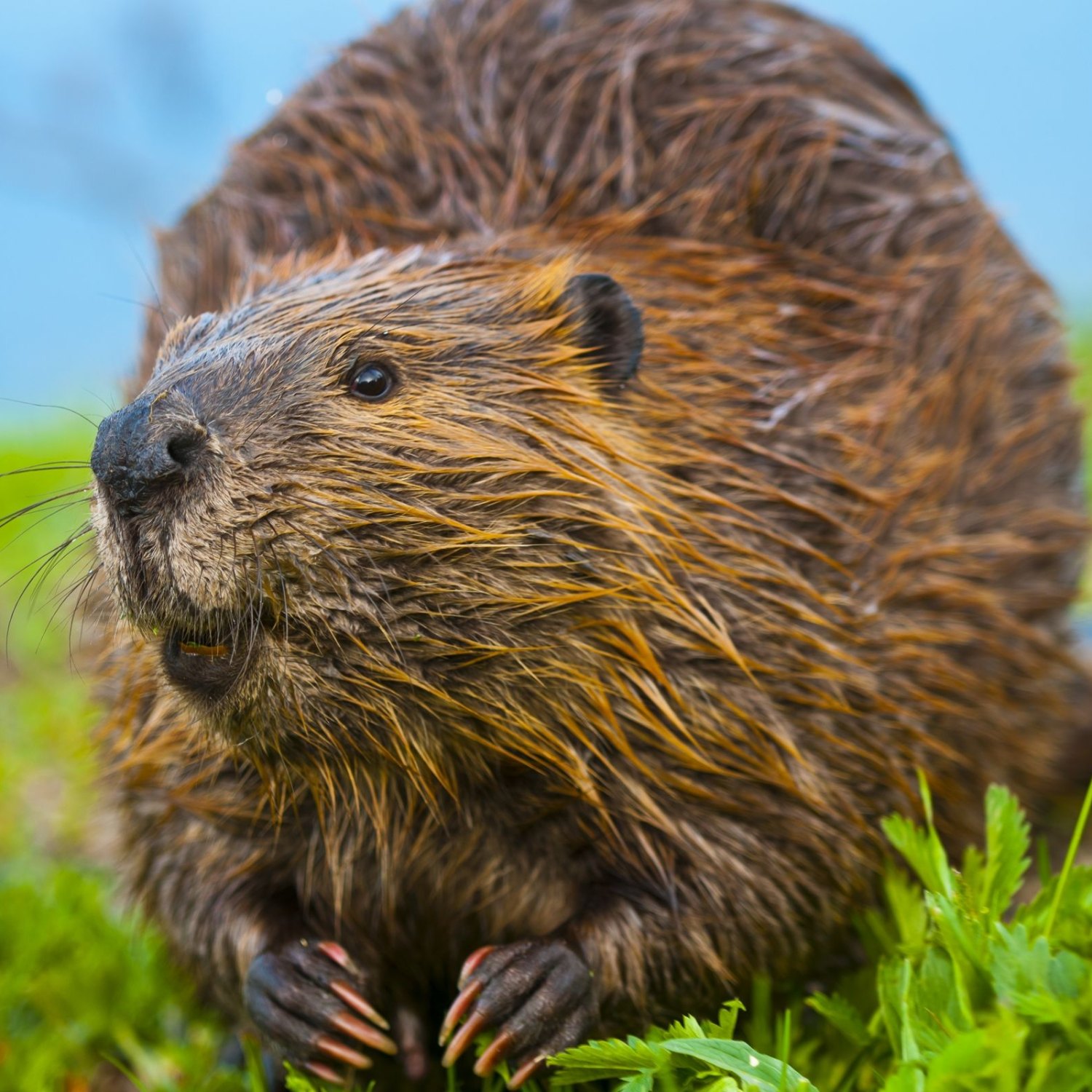
Beaver
3 to 4 feet
Beavers, part of the Castoridae family, are a common sight in forests and wetlands. These semi-aquatic creatures have a large, sturdy body and can grow to be 3 to 4 feet long. They are known for their impressive ability to build dams and lodges, which provide shelter and protection for themselves and other animals. Keep an eye out for these hardworking animals on your next nature walk! #Beavers #Wildlife #NatureFacts
Animal Details Summary:
Common Name: North American Beaver
Kingdom: Animalia
Habitat: Rivers, streams, lakes, and ponds
The North American Beaver: Nature's Greatest Architect
The North American Beaver, also known as Castor canadensis, is a fascinating creature that has captured the hearts and minds of people for centuries. This semi-aquatic mammal can be found in forests, wetlands, and waterways throughout North America, and its impressive engineering skills have made it one of nature's greatest architects.As we delve into the world of the North American Beaver, we will uncover the unique characteristics and behaviors that make this animal truly remarkable.
The Anatomy of a Beaver
At first glance, the North American Beaver may not look like anything out of the ordinary Beaver. It has a brown, fur-covered body that can grow up to 4 feet in length and weigh up to 70 pounds. Its large, sturdy body is perfect for traversing through water and digging tunnels, making it a skilled swimmer and diver.One of its most distinctive features is its flat tail, which can reach up to a foot in length. This broad tail is used for many purposes, including communication, balance, and as a paddle when swimming.
Beavers also have webbed feet, which are ideal for swimming and maneuvering through the water. They have a sleek, streamlined body shape that allows them to move swiftly through the water, making them excellent hunters and escape artists.
The Life of a Beaver
Beavers are highly social animals and live in groups known as colonies. These colonies are run by a dominant breeding pair, consisting of a male and a female, who are responsible for building and maintaining their home, also known as a lodge.These lodges are unique structures that are built by the beavers using branches, twigs, and mud Bearded Fireworm. They are typically located on the edge of a body of water, with the lodge's entrance submerged underwater, providing a safe and protected living space for the beavers.
Apart from the lodge, beavers also construct dams, which are barriers built across rivers or streams. These dams serve a vital purpose in regulating water flow and creating a suitable habitat for the beavers. The structure of the dam also serves as a means of protection from predators.
The Mighty Beaver Builder
Beavers are herbivores, which means they only consume plants for their sustenance. They have powerful teeth, which are continually growing, allowing them to gnaw through tough branches and tree trunks. These teeth are essential for their survival as they provide them with building materials for their lodges, dams, and even food.Beavers are known for their impressive engineering skills, and their ability to create complex structures with just their teeth and paws is truly remarkable. They can cut down trees, strip them of their bark, and transport the branches to their desired location, all in a matter of hours.
This engineering prowess is especially essential during the winter when food is scarce. Beavers will create a food supply by cutting down trees and storing them under the water, providing them with a ready source of food during the cold months.
In addition to their impressive building abilities, beavers also play a significant role in maintaining the ecosystem. By creating dams, they help to regulate water levels, which can have positive effects on the surrounding land and plant life.
The Beavers' Impact on North America
The North American Beaver has had a profound impact on the landscape of North America. Before the arrival of European settlers, it is estimated that there were around 60 million beavers across the continent.Their dams created a thriving ecosystem with diverse plant and animal life, providing a sustainable source of food and shelter for many species. However, due to the fur trade in the 19th and 20th centuries, the beaver population was decimated, with their numbers dropping to just 6 million.
Thankfully, conservation efforts and laws protecting beavers have helped to increase their population in recent years. As a result, they continue to play a vital role in the delicate balance of North America's ecosystems, highlighting the importance of protecting and preserving these remarkable animals.
The Beaver's Impact on Culture
Beavers have also had a significant impact on human culture, with many myths and stories revolving around this mighty builder. In Native American folklore, the beaver is often portrayed as a symbol of industriousness and hard work.They have also been featured as a prominent figure in popular culture, from books and movies to logos and mascots. The beaver has become synonymous with perseverance, determination, and resilience, making it a beloved and respected animal in North America.
An Ongoing Success Story
The North American Beaver's story is one of resilience and determination, with their population making an incredible recovery in recent years. They continue to thrive in their natural habitats, and their ability to adapt to different environments has contributed to their success.However, despite their remarkable comeback, the beaver still faces threats such as habitat loss, pollution, and climate change. It is crucial to continue conservation efforts to ensure the beaver's survival and the preservation of the ecosystems they support.
In conclusion, the North American Beaver is much more than just a large rodent. Their impressive building abilities, impact on the environment, and cultural significance make them one of nature's greatest treasures. As we continue to learn more about these remarkable creatures, let us also strive to protect and preserve them for generations to come.

Beaver
Animal Details Beaver - Scientific Name: Castor canadensis
- Category: Animals B
- Scientific Name: Castor canadensis
- Common Name: North American Beaver
- Kingdom: Animalia
- Phylum: Chordata
- Class: Mammalia
- Order: Rodentia
- Family: Castoridae
- Habitat: Rivers, streams, lakes, and ponds
- Feeding Method: Herbivore
- Geographical Distribution: North America
- Country of Origin: Canada
- Location: Forests and wetlands
- Animal Coloration: Brown
- Body Shape: Semi-aquatic with a large, sturdy body
- Length: 3 to 4 feet
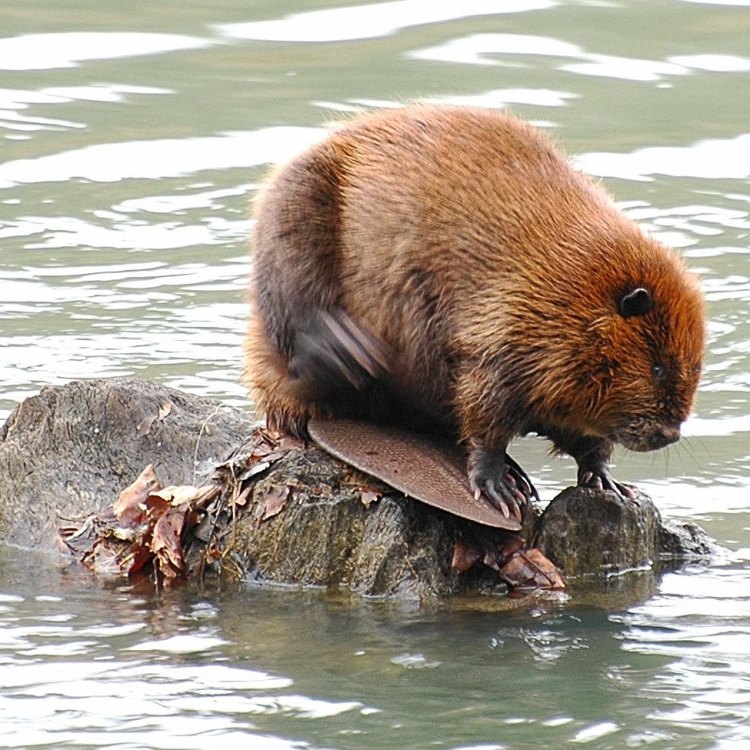
North American Beaver
- Adult Size: 40 to 60 pounds
- Average Lifespan: 10 to 20 years
- Reproduction: Sexual
- Reproductive Behavior: Monogamous
- Sound or Call: Loud alarm call
- Migration Pattern: Non-migratory
- Social Groups: Family units
- Behavior: Builds dams and lodges
- Threats: Habitat loss, hunting
- Conservation Status: Least Concern
- Impact on Ecosystem: Creates wetland habitats
- Human Use: Fur trapping, habitat management
- Distinctive Features: Large front teeth, flat tail
- Interesting Facts: Beavers are known for their ability to build dams and lodges using branches and mud. They modify their habitat by creating ponds and wetlands, which benefit other wildlife species. They are also excellent swimmers and can stay submerged for up to 15 minutes. Beavers are important ecological engineers and play a vital role in maintaining healthy ecosystems.
- Predator: Wolves, bears, and humans
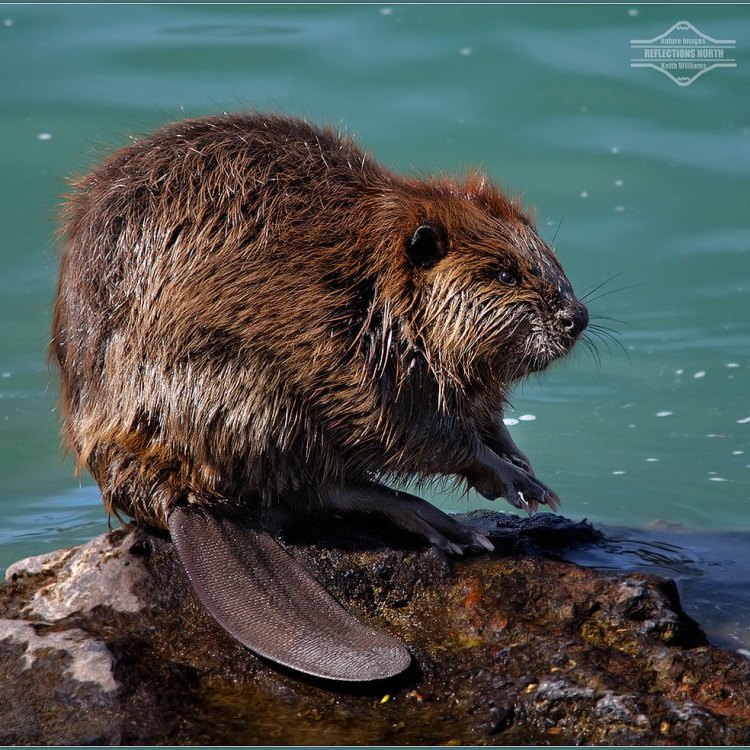
Castor canadensis
The Fascinating World of the Beaver: Nature's Master Builders
The beaver, a semi-aquatic rodent found in North America and Eurasia, is a creature that has captured the hearts and minds of people for centuries. These fascinating creatures are known for their unique features and behaviors, making them an essential part of our ecosystem. From their impressive ability to build dams and lodges to their monogamous reproductive behavior, beavers have many intriguing qualities that deserve to be explored. In this article, we will dive into the world of the beaver and uncover its interesting secrets PeaceOfAnimals.Com.Adult Size and Average Lifespan
The beaver is an impressive creature, weighing in at 40 to 60 pounds, making them one of the largest rodents in the world. This size is comparable to that of a medium-sized dog, making them easy to spot in their natural habitat. Their thick, waterproof fur and flat tail are just some of their distinctive features that make them stand out in the animal kingdom.
Beavers also have a relatively long lifespan, ranging from 10 to 20 years in the wild, with some known to live up to 30 years. This longevity is due to their excellent adaptation skills, making them well-equipped to survive in their environment.
Reproduction and Monogamous Behavior
Beavers have a sexual mode of reproduction, meaning they require a male and female to produce offspring. Mating typically occurs in the winter, with young beavers being born in the spring. Interestingly, beavers are monogamous, meaning they form life-long pair bonds with their mate. Once they find their partner, they will stay together for their entire lives Barn Spider.
Their reproductive behavior is vital for the survival of their species as beavers play a crucial role in shaping the environment. They are known as "nature's engineers" for a reason - keep reading to find out why.
Loud Alarm Call and Non-Migratory Pattern
Beavers have a loud alarm call that they use to alert other beavers of potential danger. This sound can be heard far and wide, making it an effective tool for communicating with their family units. Unlike other animals that may migrate to different areas for food or breeding purposes, beavers are non-migratory. They are territorial creatures and are known to stay within their home range for their entire lives.
Family Units and the Behavior of Building Dams and Lodges
Beavers are highly social animals and live in family units consisting of an adult monogamous pair and their offspring. These family units work together to build and maintain dams and lodges using branches, mud, and rocks. These impressive structures serve multiple purposes for beavers, including protection from predators, shelter during the winter months, and creating a habitat for other wildlife species.
Their behavior of building dams and lodges has a significant impact on the environment, making beavers one of the most important ecological engineers. By constructing dams, they create ponds and wetlands, which provide a multitude of benefits for other wildlife and plant species, including a water source, food, and shelter.
Threats and Conservation Status
Despite their impressive skills and integral role in the ecosystem, beavers face many threats that put their existence at risk. Habitat loss is one of the biggest threats to beavers, as humans continue to develop and encroach on their natural habitat. Another significant threat is hunting, as beavers were once extensively trapped for their fur, which was highly valued in the fur trade.
However, thanks to conservation efforts and strict regulations on fur trapping, beavers are considered a species of least concern according to the International Union for Conservation of Nature (IUCN). This status is a testament to the resilience and adaptability of these creatures.
Beavers and Human Use
Humans have long had a complex relationship with beavers. For centuries, they were extensively hunted for their fur, which was used to make clothing and other products. In recent years, there has been a shift towards habitat management, where beavers are actively protected and encouraged to build their dams and lodges. By managing their habitat, we can help to create a healthy ecosystem that benefits all species living within it.
Distinctive Features and Interesting Facts
Beavers have many distinctive features that make them stand out in the animal kingdom. Their most recognizable feature is their large front teeth, which continue to grow throughout their lives. These teeth are essential for their survival, as they use them to cut through branches and trees to build their dams and lodges.
Another interesting fact about beavers is their ability to stay submerged for up to 15 minutes. They have a special membrane that covers their eyes and ears, allowing them to see and hear underwater. This adaptation helps them to evade predators while searching for food or building their structures.
Predators of Beavers
Like most animals, beavers also have natural predators. Wolves, bears, and humans are the main predators of beavers. However, these creatures are skilled at evading predators, and their family units work together to protect themselves and their young. With their impressive building skills, beavers can create a safe haven for themselves and their family.
In conclusion, the beaver is a fascinating and vital creature in our ecosystem. From their impressive size and long lifespan to their monogamous behavior and loud alarm calls, there is much to be uncovered about these nature's master builders. Their impact on the environment cannot be underestimated, as they create wetland habitats and provide essential resources for other species. As we continue to learn more about these incredible creatures, it is crucial to protect and preserve their natural habitat, ensuring that they continue to thrive for generations to come.
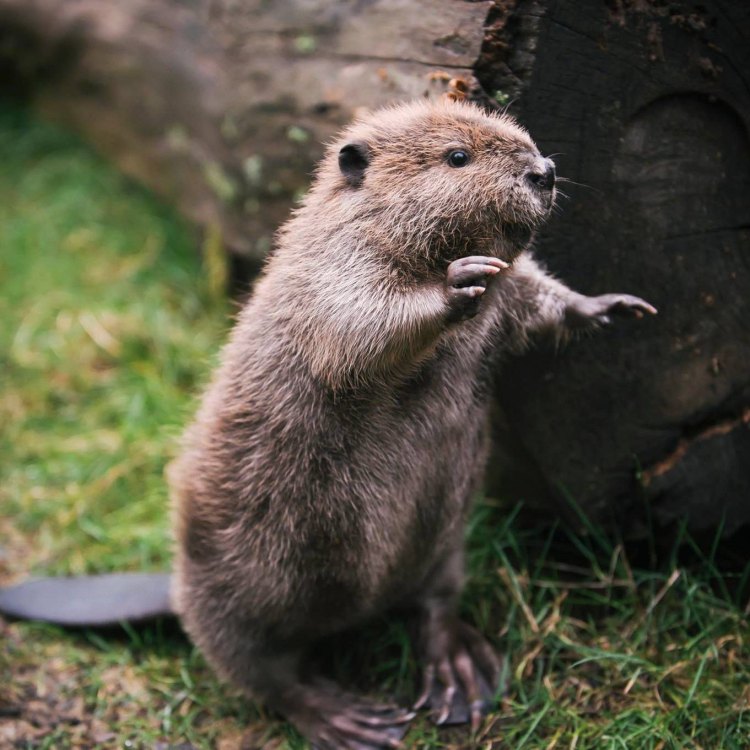
The North American Beaver: Nature's Greatest Architect
Disclaimer: The content provided is for informational purposes only. We cannot guarantee the accuracy of the information on this page 100%. All information provided here may change without prior notice.


